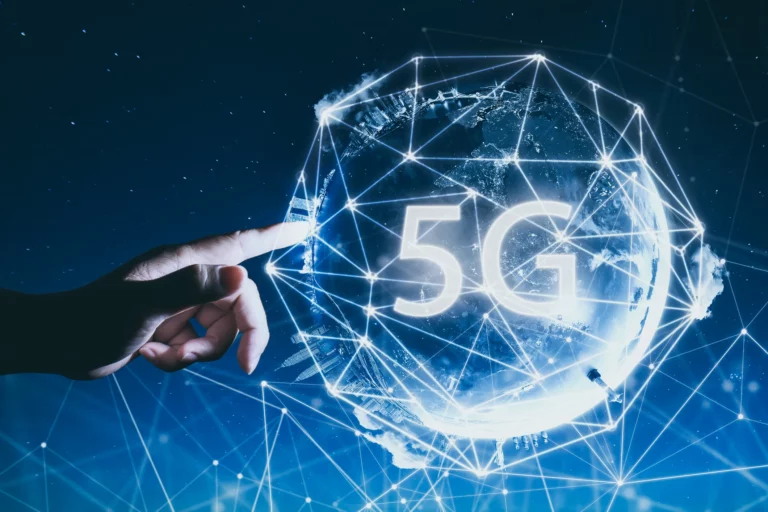Semiconductor Basics: A Comprehensive Guide
Semiconductors form the backbone of modern electronics and technology, enabling the functioning of everything from smartphones to computers and beyond. Understanding the fundamentals of semiconductors is essential for anyone interested in the world of electronics and technology. This comprehensive guide aims to provide a solid foundation in semiconductor basics, exploring their structure, properties, and applications.
Table of Contents
1. What are Semiconductors?
Semiconductors are materials that possess electrical conductivity between conductors (like metals) and insulators (like ceramics). They are typically crystalline in structure and contain atoms with four valence electrons, making them ideal for electronic applications.
2. Crystal Structure
Semiconductors have a regular crystal lattice structure, with atoms arranged in a repeating pattern. The most common semiconductor material is silicon (Si), which has a diamond-like crystal structure.
3. Band Theory
The behavior of electrons in semiconductors is explained by band theory. In a semiconductor’s energy band diagram, the valence band is occupied by electrons, while the conduction band is empty. The energy gap between these bands is known as the bandgap, and it determines a material’s conductivity properties.
4. Doping
Doping is a process used to modify a semiconductor’s electrical properties by intentionally introducing impurities into its crystal lattice. Two common types of dopants are:
- N-type Doping: Introducing elements with extra valence electrons, such as phosphorus, creates an excess of negatively charged electrons (n-electrons) in the crystal lattice, increasing conductivity.
- P-type Doping: Introducing elements with fewer valence electrons, like boron, creates “holes” or missing electrons (p-holes) in the crystal lattice, resulting in positive charge carriers and improved conductivity.
5. PN Junction
The PN junction is a fundamental component of semiconductor devices. It forms when a P-type region comes into contact with an N-type region. This junction allows for the control of current flow, making it an essential building block for diodes and transistors.
6. Semiconductor Devices
Semiconductors have given rise to a wide range of electronic devices:
- Diodes: A diode allows current flow in only one direction, making it a crucial component in rectifiers and voltage regulators.
- Transistors: Transistors act as amplifiers and switches, playing a central role in modern digital electronics.
- Integrated Circuits (ICs): ICs combine multiple transistors, diodes, and other components into a single chip, enabling complex functionalities in a compact form.
- Light-Emitting Diodes (LEDs): LEDs convert electrical energy into light, finding applications in displays, lighting, and indicators.
- Solar Cells: Solar cells use semiconductors to convert sunlight into electrical energy.
7. Future Trends
The semiconductor industry is continually evolving, driven by the demand for faster, smaller, and more energy-efficient devices. Researchers are exploring novel materials, such as graphene and gallium nitride, to push the limits of semiconductor technology further.
Conclusion
Semiconductors have transformed the world of electronics, and their significance only continues to grow. Understanding semiconductor basics is crucial for anyone interested in the rapidly advancing fields of technology, communication, and energy. With a solid grasp of semiconductor principles, individuals can unlock the potential to innovate and contribute to the ever-changing landscape of modern electronics.


